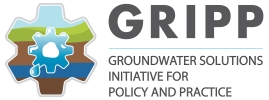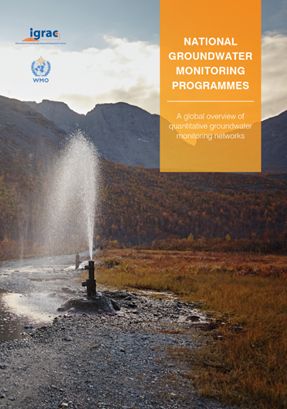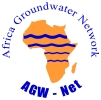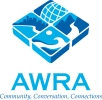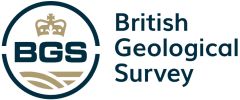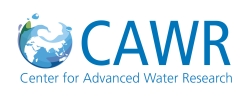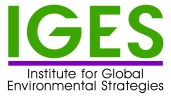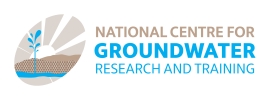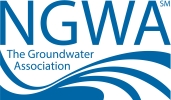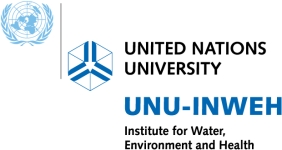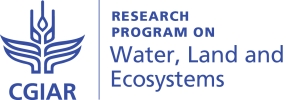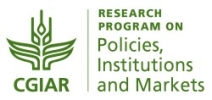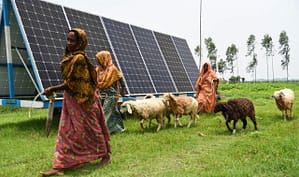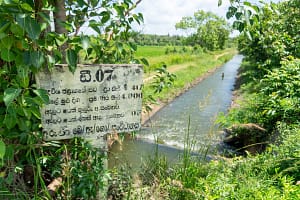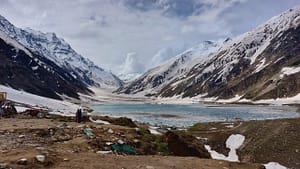The International Groundwater Resources Assessment Centre (IGRAC), a partner in the Groundwater Solutions Initiative for Policy and Practice (GRIPP), has published a comprehensive assessment of national groundwater monitoring programs globally. The report – National Groundwater Monitoring Programmes: A Global Overview of Quantitative Groundwater Monitoring Networks – provides an overview of quantitative groundwater monitoring networks at national scale. The report, prepared in collaboration with many national water authorities, aims to:
- provide integrated and structured information on groundwater monitoring programs worldwide;
- serve as the best entry point to information on the state and trends of groundwater resources per country, globally;
- assist in the improvement of national monitoring programs, especially in data processing and use, by learning from other programs;
- encourage countries to share groundwater data and information, and enhance cooperation on transboundary groundwater resources; and
- increase the visibility of groundwater monitoring and increase attention given to the state of groundwater resources.
The full report, as well as four regional overviews and 81 country profiles, is now available for download.
Importance of groundwater monitoring
Groundwater is the most abundant freshwater resource on the planet: it provides almost half of all drinking water worldwide, about 40% of the water required for irrigated agriculture and about one-third of what is required for industry. It sustains ecosystems and maintains the baseflow of rivers. Groundwater is a critical storage component for climate change adaptation, and it prevents land subsidence and seawater intrusion. Yet, aquifers, being invisible, are often insufficiently understood and poorly managed.
The state of aquifers, both in terms of quality and quantity, is changing in time due to changes in various environmental processes (e.g., changes in precipitation patterns) and human impacts (e.g., changes in land cover and groundwater abstraction). Groundwater assessment is, generally, inadequate. Therefore, no predictions can be made without conducting an analysis of historical measurements. In short: we cannot manage, what we do not measure.
Join the discussion
This overview is a first edition, which will be updated as countries progress in monitoring, processing and disseminating information on the state of their groundwater resources. Larger involvement of regional organizations would be beneficial for further development of this overview. In addition, the overview will hopefully spark increased discussion on various aspects of groundwater monitoring and, in particular, on (spatial and temporal) processing and interpretation of monitoring data. IGRAC is happy to facilitate the discussion and promote outcomes that will lead to more sustainable groundwater use globally.
Download the full report, four regional overviews, and 81 country profiles
If you have any questions, comments, or would like to add a monitoring network to a second edition of the overview, please contact IGRAC






